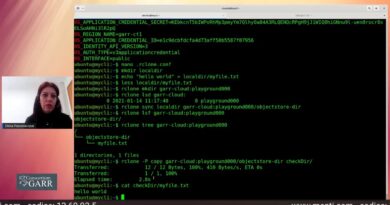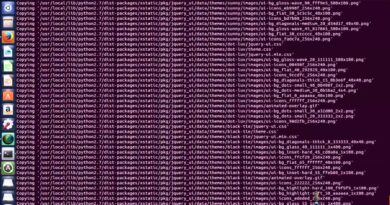Setup Linux ISC DHCP Server with Glass
I used Proxmox to host a VM running ISC DHCP Server with Glass form my next work
Proxmox install: https://www.youtube.com/watch?v=azORbxrItOo
Proxmox install with Coffee:https://www.youtube.com/watch?v=_u8qTN3cCnQ
Commands and walkthrough: https://thealaskageek.com/?p=33
come check me out on my gaming channels
Twitch: https://www.twitch.tv/theakgeek
YouTube: https://www.youtube.com/channel/UC9kJymzLyZQMfGpikNmtXhQ
Music: Tuff Data – Vans in Japan
by The Alaska Geek
linux dhcp server




Thanks, this helped me get Glass up and running, I did have a question, besides pointing to the correct dhcpd logfile location, is there anything else you needed to do to get Glass to display the reservation leases?
CT is a container like the docker containers kinda like a virtual enviroment with a specific configuration
Jus as I was looking where to find the logs and found this 🙂 the only thing I would suggest as you mentioned would be not to allow access to the Glass dashboard from the Internet but also limit what traffic it can talk out on as far as possible if not completely due to the vulnerabilities highlighted during install. But TBH the only access it should need to the Internet is for updates. I've found limiting ports 67 and 68 both ways between dhcp server and clients also works if you want servers to be firewalled off but allow dhcp traffic. Update: Did not seem to like it after I disconnected the server from the Internet so binned the server and built a new one. Going to look at alternatives for interrogating the lease files but great video.
@The Alaska Geek BTW you can combine commands by && sign then terminal will execute them one by one, for example apt update -y && apt upgrade -y , where -y means yes, i'm sure, don't ask me for that…
@The Alaska Geek On root account you don't need sudo anymore, because sudo means do it as root, so you need that only when you are logged in as system user not root.